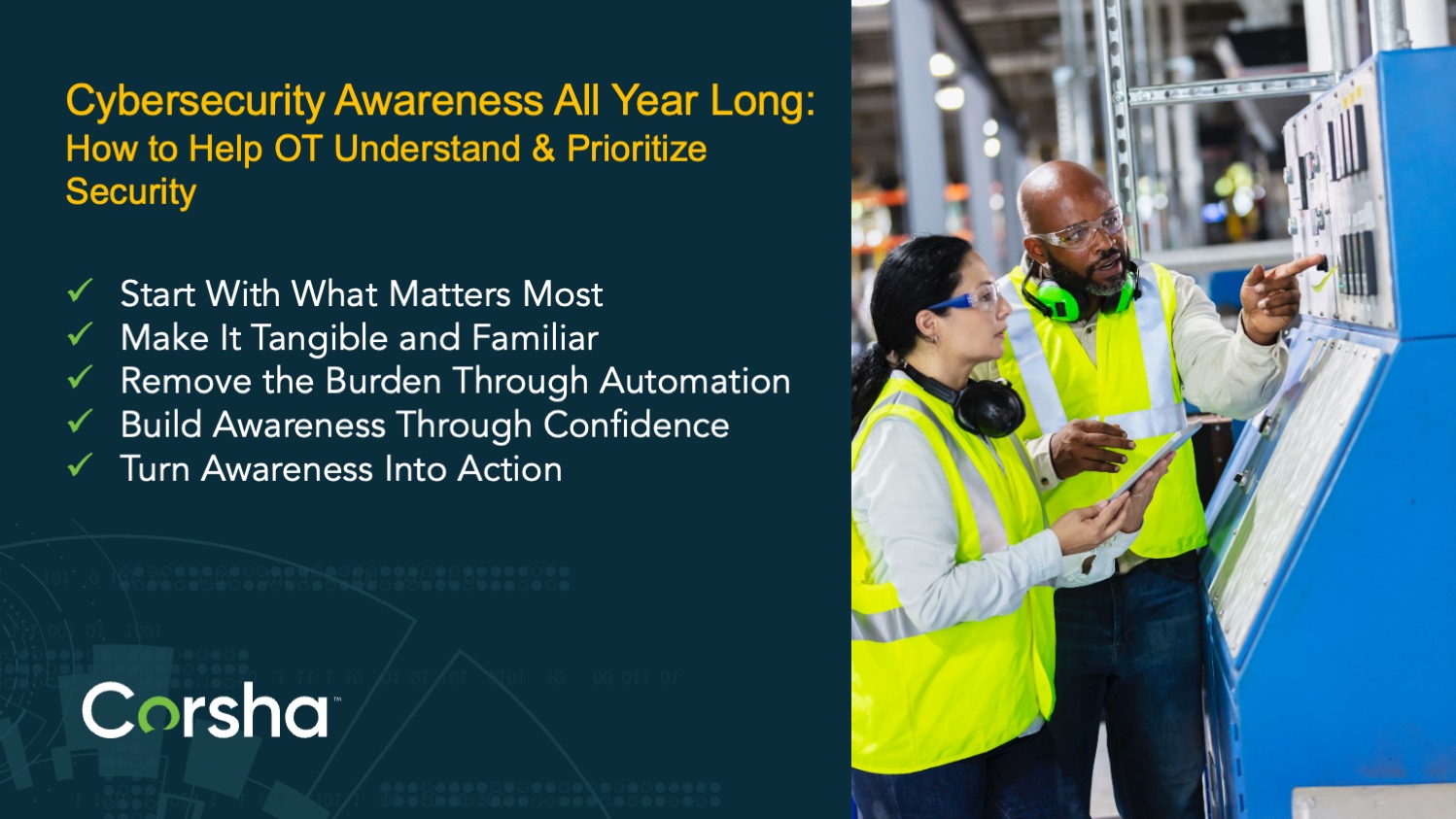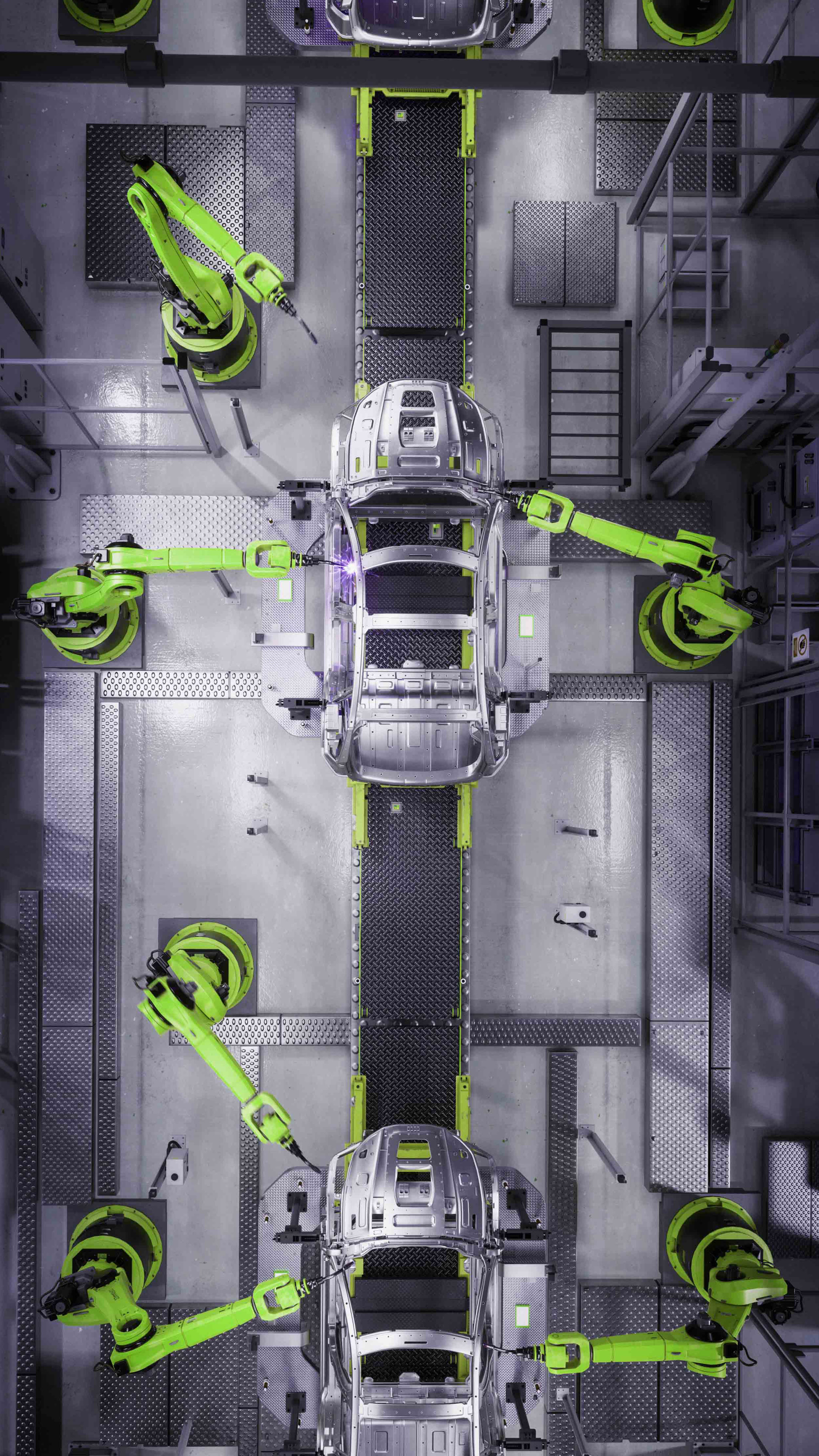In the transformative era of Industry 4.0, where automation, data exchange, and IoT technologies converge, the seamless communication between machines stands as the backbone of modern industrial operations. However, this unparalleled connectivity also introduces a myriad of cybersecurity challenges. Ensuring the integrity, confidentiality, and authenticity of the data exchanged between machines is paramount. In this rapidly evolving landscape, multi-factor authentication (MFA) emerges as a core approach to fortify the security posture of machine-to-machine communication, paving the way for a safer and more efficient industrial future.
Industry 4.0: A Technological Revolution
Industry 4.0 represents a paradigm shift in industrial processes, emphasizing smart manufacturing, predictive maintenance, and real-time data analysis. This revolution relies heavily on interconnected devices communicating autonomously to optimize production, reduce downtime, and enhance overall efficiency. However, this interconnectivity is a double-edged sword, offering unprecedented opportunities while exposing systems to cyber threats such as unauthorized access, data breaches, and ransomware attacks.
The Vulnerabilities in Machine-to-Machine Communication
Machines exchanging data are susceptible to various security vulnerabilities, including weak authentication methods, interception of sensitive information, and exploitation of unpatched software. Hackers often target these vulnerabilities to disrupt operations, steal intellectual property, or compromise safety protocols.
The Role of Multi-Factor Authentication (MFA)
MFA adds an additional layer of security by requiring users or machines to provide multiple forms of identification before granting access. In the context of Industry 4.0, MFA plays a pivotal role in safeguarding machine-to-machine communication, making it exponentially harder for unauthorized entities to gain access.
- Enhancing Authentication Security: MFA ensures that even if one factor is compromised, there are additional layers of defense. This prevents unauthorized access to critical systems and data, thwarting potential cyber-attacks before they can inflict damage.
- Safeguarding Sensitive Data: MFA adds an extra shield around sensitive data, ensuring that even if an attacker infiltrates the communication channel, they are unable to decipher the exchanged information without the additional authentication factors.
- Dynamic Machine Identity: MFA ensures that only legitimate devices and users can access sensitive resources. Dynamic machine identities ensure that the data exchanged remains confidential even if intercepted by malicious actors.
Implementing MFA in Industry 4.0
Implementing MFA in machine-to-machine communication involves integrating various authentication factors into the existing infrastructure. This includes robust encryption protocols, secure key management, and the deployment of authentication tokens. Additionally, continuous monitoring and regular updates are crucial to adapting to emerging threats and maintaining a resilient security posture.
The Way Forward
As Industry 4.0 continues to evolve, the integration of MFA into machine-to-machine communication systems is no longer an option; it’s a necessity. By embracing multi-factor authentication, industries can ensure the trustworthiness of their operations, protect sensitive data, and build a foundation for a secure, interconnected future. As technology advances, so must our security measures.
For more insights on securing OT to IT communications, explore our whitepaper, From Legacy to Leading Edge: Challenges and Solutions for OT to IT Security
Corsha’s Approach to Securing OT to IT Communication
Corsha's Zero Trust Platform offers a cutting-edge solution for advancing API and machine-to-machine security. It introduces the industry's first dynamic and fully automated Multi-Factor Authentication (MFA) for APIs, ensuring that organizations can protect their APIs within complex and dynamic environments like the cloud and edge computing.
What sets Corsha apart is its ability to bring the proven security benefits of MFA, which have been successful with human users, into the realm of APIs and manufacturing protocols. This dynamic and continuous verification process is a fundamental element of zero-trust frameworks, enhancing the overall security posture.
Corsha provides both hardware and software-based connectors, making it a versatile and easy-to-implement solution. No modifications to manufacturing equipment are required, simplifying the adoption process. This flexibility makes Corsha a valuable security enabler for automating critical workflows and data movement across networks.
The core of Corsha's technology lies in its Distributed Ledger Network (DLN). When deployed, the lightweight Connector establishes a dynamic authentication stream within the DLN, creating a unique machine identity for each API client. This identity facilitates easy verification, monitoring, and control through Corsha's central Administrative Console.
Corsha's platform addresses essential security drivers, including protection against machine-to-machine exploits like man-in-the-middle attacks and API credential stuffing. It also acts as a catalyst for enhancing security and automation in data movement workflows across diverse networks, providing dynamic machine identities for API clients and a unified view of machines in hybrid deployments. Additionally, it offers precise control over API access on a per-machine basis, and excels in creating secure, API-only connections, even for machines that may have pre-existing, non-standard, or inadequate connectivity and security measures.


